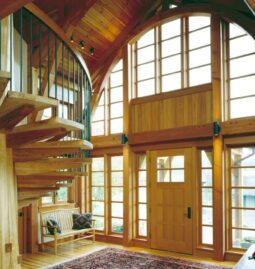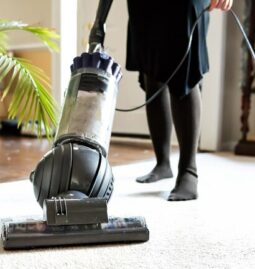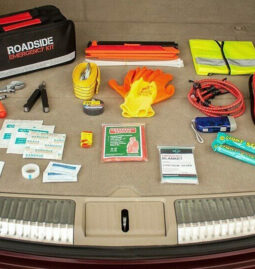Table of Contents
What are LED light bulbs?
How these efficient bulbs are manufactured gets their name from LEDs. Each bulb contains a diode which, whenever a current goes through it, emits light. An LED light bulb’s lifetime is extremely long. Usually, they last three times as long as CFLs and 13 times longer than incandescent light bulbs. Your LED will last about 13 years if you burn an LED light bulb for just three hours a day before it needs to be modified.
As there are no moving parts or filaments, LED light bulbs are usually made of plastic and are super easy to maintain. If you are looking for a more retro look, you can buy glass LEDs that contain a filament that resembles standard light bulbs, making them a great option.
Almost no UV rays or heat from LED bulbs are emitted. This will help reduce the AC costs and will also help prevent the incidence of heat induced fading. Bear in mind that LED light bulbs have an energy efficiency that is 80% higher than standard bulbs and up to 40% higher than CFLs. This would contribute to savings in the long run, the more you use them. For this reason, many individuals eventually turn all of their light bulbs to LEDs.
Sizes and Fittings of LED
LEDs are available in many different fittings and sizes. We’ve listed below the most common sizes and fittings.
Semi-globe -These can be used for any fixture you usually put a globe bulb in. By channeling the light forward, semi-globes will minimize light wastage.
Globe-LED globes are much more efficient than normal globes. They are suitable for bathroom fixtures and other areas where the bulb can be seen.
This design looks much like an incandescent bulb and can be a good option for fixtures where the bulb can be seen. A-shape/Capsule-
If you have wall sconces, covered outdoor fixtures where a candle light looks nice, and certain ceiling fans that have light fixtures, you will like these LED candle tip LED bulbs. If you have wall sconces, you will like them.
Outdoor – For these fixtures, you would need LEDs that are wet rated, which ensures that they can be used outdoors in exposed fixtures without worrying that the fixture or bulb is harmed by rain. Most of these outdoor lights appear to have a reflector shape, so they make decent flood lights outdoors.
Reflector – Reflector LEDs fit well in track lighting fixtures, recessed lighting and ceiling fans and are ideal for directional lighting.
Dimmable – Dimmable LEDs with dimmer switches are designed for use in light fixtures. Do not use non-dimmable LEDs with a dimmer switch, as the life span will be greatly shortened.
Portable-Portable LEDs can fit in your pocket, but when and where you need them, they are powerful enough to provide plenty of light.
There are 3 different light levels for 3-way-3-way LEDs, which makes them really good for floor or table lamps. For the best savings and results, make sure that you use LEDs that are equipped for 3-way sockets.
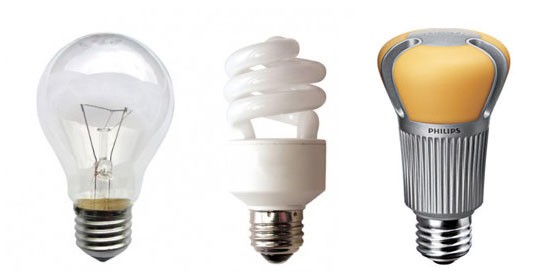
Temperatures for LED Color
LEDs in a variety of colors can be obtained, including a number of whites such as
- A warm, cozy light, soft white, perfect for living rooms, bedrooms, sitting rooms, etc.
- A refreshing, cool light that works well in the kitchen or bathroom. Bright white
- Daylight-Used mainly for protection and is also a bright light
- The color temperature is used to describe a light that is warm or cold. At a score of 100 points, the color scale is determined by incandescent light.
- Somewhere in the mid-80s, LEDs usually score. 80 is deemed good and 85 is deemed to be very good.
The luminosity of standard light bulbs is measured in watts, but the luminosity is measured in lumens because LEDs use a lot less energy. The amount of light emitted by the bulb is a lumen and the amount of energy used by a bulb is wattage. You want to select the most energy-efficient LEDs with the highest percentage or ratio of lumens to watts. The higher the ratio, the more energy the lamp can save.
Features of LED Bulbs
Some of the features that LED bulbs can offer are given below.
Smart bulbs: A smart bulb allows you to connect the bulb to Bluetooth so that within a certain range you can monitor your lights. The lights can also be synchronized via Wi-Fi and regulated from anywhere you can get a Wi-Fi signal.
Dimmable-A dimmable LED is a bulb that can be operated with a switch that increases and decreases the light intensity. In order to ensure that the bulbs you buy are compatible with dimmer switches, some dimmable bulbs will flicker.
If you are looking for an LED bulb for an enclosed fixture, you may want to find one that has an Enclosed Fixture Rating so that you can optimize the bulb’s lifetime. EFR or Enclosed Fixture Rating
Energy Star-If you see the Energy Star logo on the box of the light bulb, this indicates that the bulb has been reviewed for effectiveness, color quality, and the amount of light it emits.
Multi-packs-Most LAAED online light bulbs come in larger packs to save even more cash. Above all, the top rated choices we have tested come in multi-packs that offer more than one bulb at a time to customers. This will allow you, without spending a fortune, to replace more than one fixture at a time.
Selecting the right LED light bulbs
Follow the steps below to ensure you get the right kind for your needs if you are ready to select any LED bulbs for your home.
- Decide on the Fixtures-You want to make sure that the LEDs you buy have the correct base size. You should consider starting with the ones that are most used if you want to replace all the current bulbs in your house, as this will have the fastest effect on your energy bills.
- Brightness Levels-As bright as an incandescent, a good quality LED can burn but use far less fuel. The lumens are classified as the brightness stage. You will find a watt replacement chart on LED packages that will tell you the equivalent of your LED as compared to the wattage of a normal light bulb.
- Color Choices-As color temperatures, the various color definitions are known. Terms such as white or soft white daylight refer to the type of light emitted by the bulb. Soft white bulbs are cozier and create a comfortable, warm light that encourages relaxation. A much brighter bulb is created by daylight bulbs and whites are made much brighter. They are perfect for craft rooms, kitchens, and other rooms in which you need a great deal of light.
- Light Direction-Choose an LED bulb that leads the light where you have it in the correct direction. You’d want to get an Omni-directional bulb if you put an LED in a ceiling fan, vanity lamp, or chandelier. Bulbs that are not omni-directional will have more of a spotlight effect and are perfect for closets or where a spotlight effect is needed.
- Warranties-Most LEDs have a good guarantee in place, especially as they are expected to have a super long lifespan. Good businesses will stand behind their LED bulbs and shield you from defects of every sort. Make sure that the warranty is read so that you understand what it protects and what you have to do to guarantee that the warranty remains active.
Conclusion
For a while now, LED bulbs have been around and they have only grown in popularity as the years have passed. It can make a big difference in your power bills to buy LEDs for the fixtures in your home and save you money that you would usually spend on new bulbs. Since the lifetime is so much longer, you can find that for a long time, the bulbs do not have to be replaced.
When you’re ready to buy LEDs for your home, the three top-rated LED bulb choices we have reviewed above are a great place to start looking. They come from reputable businesses that are renowned for quality. It would be a smart way to start replacing the standard bulbs at home with some of these.
The purchasing guide will help you sort through the hundreds of different types of LED light bulbs and help you decide which ones you need if none of these three LED light bulbs work for what you need. The purchase guide will also help you look at what you want and help you decide what your criteria are.
This awareness will assist you make the right choice with your own LEDs and you won’t have to worry about feeling lost or frustrated about which ones to pick. The right details, such as features to look for and tips on what to do in advance to decide your own needs, will make it simple and stress-free to shop for LEDs.

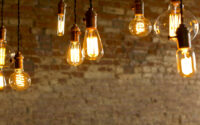
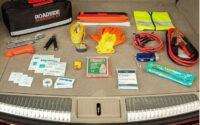

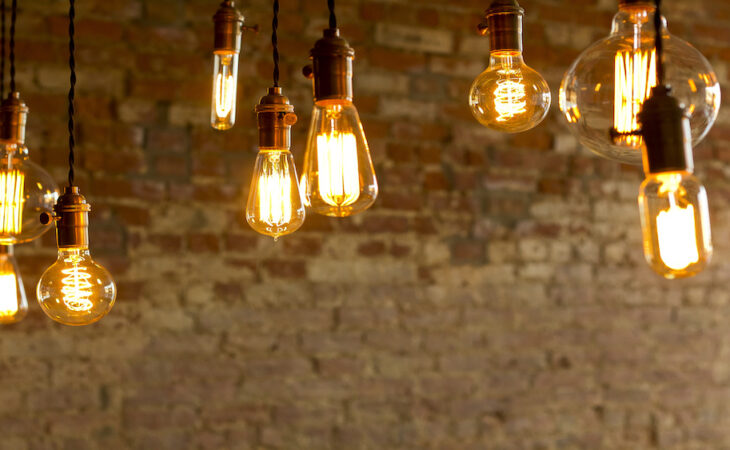


![Ultimate Beginner Series: Keyboard Basics, Steps One & Two [Instant Access]](https://m.media-amazon.com/images/I/61jH7HZGd1L._AC_UL320_.jpg)

